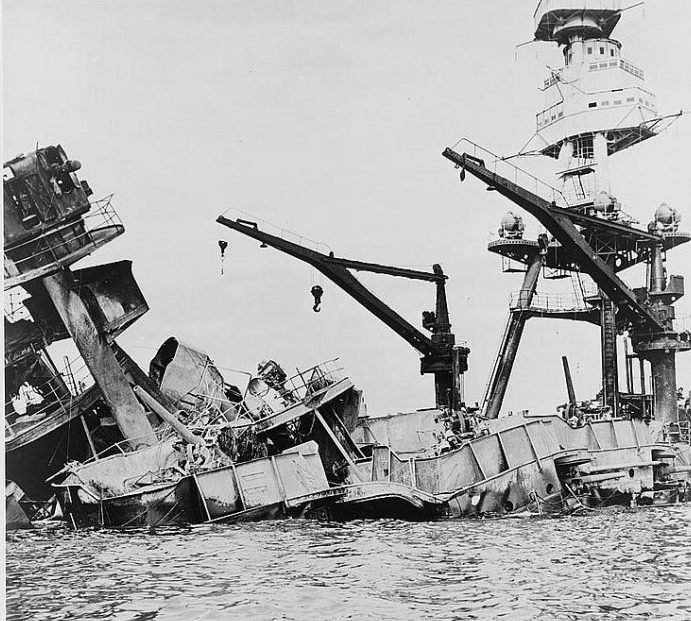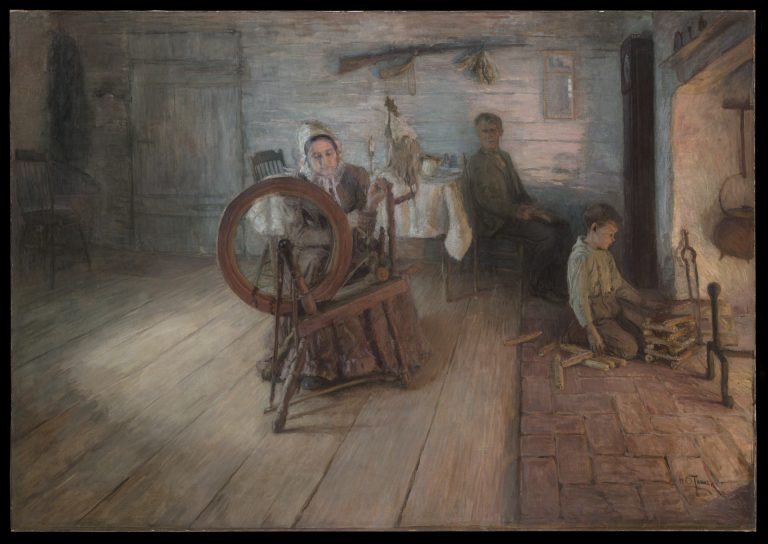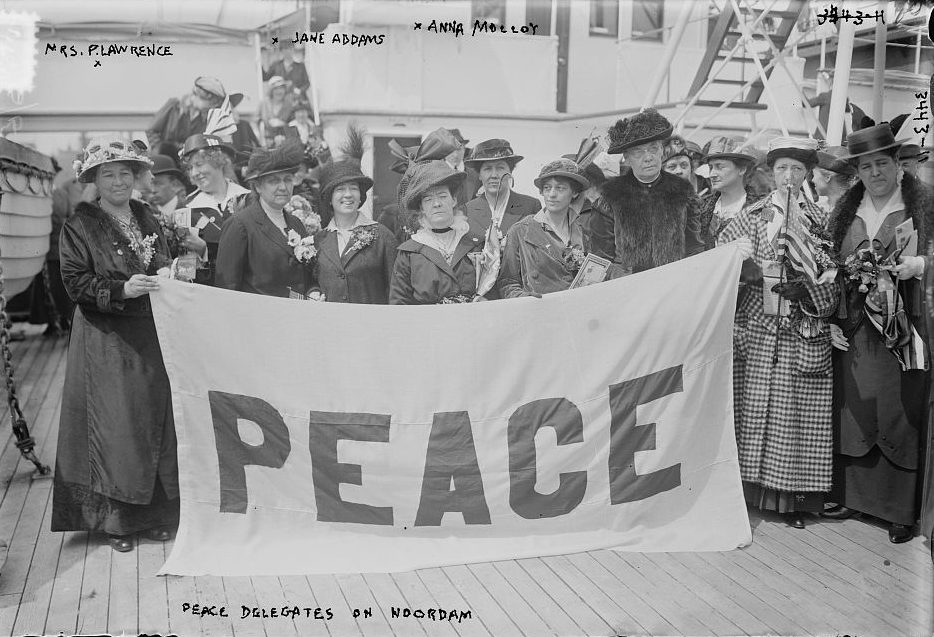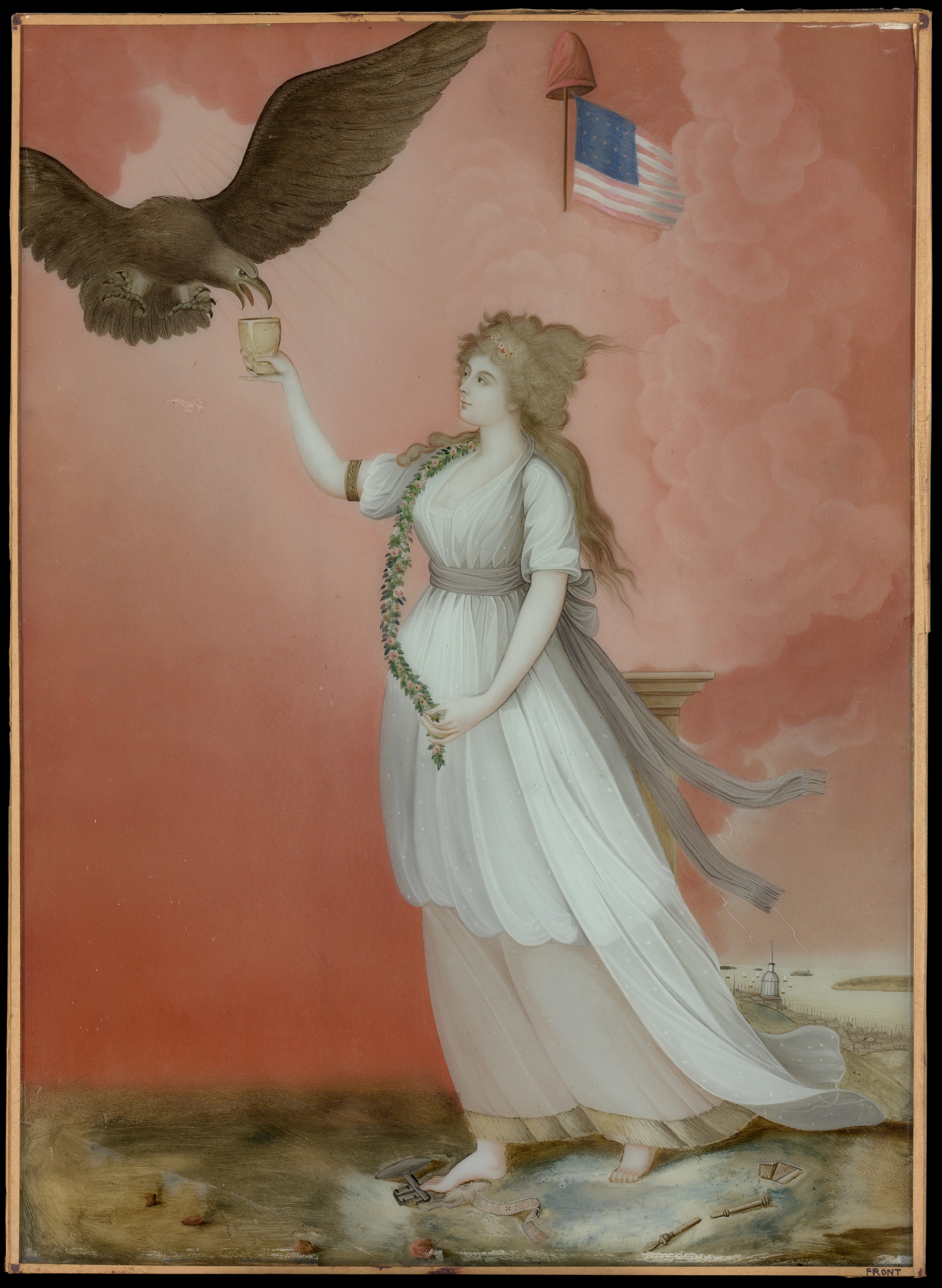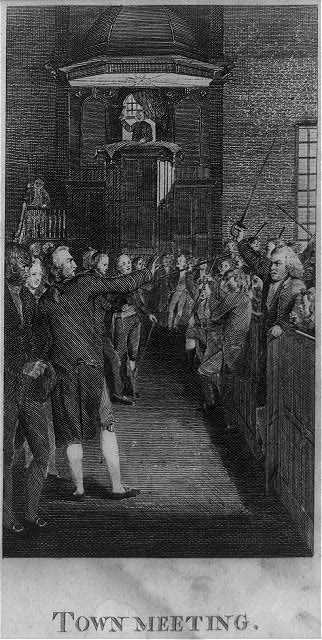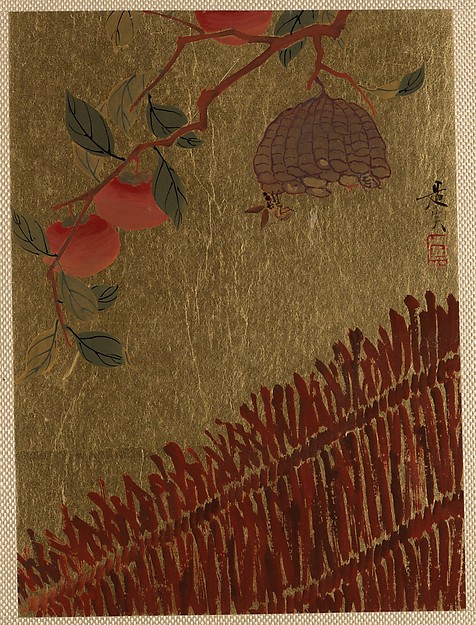Analysis of “I Wonder As I Wander” by John Jacob Niles
Ellen Dietz Tucker
“I Wonder As I Wander” is a Christmas hymn written by folklorist John Jacob Niles (1892-1980), based on a song fragment he heard while traveling in the southern Appalachians.
“A garbled fragment of melodic material—and a magnificent idea”
Niles derived the germ of the song from the young daughter of a traveling evangelist, then composed a complete folk song that he performed while accompanying himself on dulcimer. In notes for an unfinished autobiography, Niles wrote:
“I Wonder As I Wander” grew out of three lines of music sung for me by a girl who called herself Annie Morgan. The place was Murphy, North Carolina, and the time was July 1933. The Morgan family, revivalists all, were about to be ejected by the police, after having camped in the town square for some little time, cooking, washing, hanging their wash from the Confederate monument and generally conducting themselves in such a way as to be classed a public nuisance. Preacher Morgan and his wife pled poverty; they had to hold one more meeting in order to buy enough gas to get out of town. It was then that Annie Morgan came out—a tousled, unwashed blond, and very lovely. She sang the first three lines of the verse of “I Wonder As I Wander.” At twenty-five cents a performance, I tried to get her to sing all the song. After eight tries, all of which are carefully recorded in my notes, I had only three lines of verse, a garbled fragment of melodic material—and a magnificent idea.

John Chislett, photograph c. 1900. Smithsonian American Art Museum, Museum purchase from the Charles Isaacs Collection made possible in part by the Luisita L. and Franz H. Denghausen Endowment (1994.91.39).
Niles was born in Louisville, Kentucky into a musical family, learning music theory from his mother and beginning to compose in the folk idiom as an adolescent. As a young man he traveled in the Appalachian Mountains as a surveyor, hearing folksingers and transcribing their songs. Having been injured while serving in the US Army Air Service in World War I, he remained in France after the war and studied music in Lyon and Paris; then he returned home for further studies at the Cincinnati Conservatory of Music. By 1927, he had found a means of traveling through Appalachia to continue collecting folksongs: he worked as an assistant to photographer Doris Ulmann, whose photos would illustrate Handicrafts of the Southern Highlands, an important text in the craft revival movement. Niles became a noted composer and performer of folk songs based on song fragments he had heard in Appalachia, from African American singers, and from soldiers he’d met in the war. He sang in an eerily high-pitched, dramatic style and accompanied himself on dulcimer and lute, instruments he sometimes crafted himself.
Here is the song text as Niles heard it:
I wonder as I wander out under the sky,
How Jesus the Savior did come for to die.
For poor on’ry[1] people like you and like I…
I wonder as I wander out under the sky.
His additional verses include:
When Mary birthed Jesus ’twas in a cow’s stall,
With wise men and farmers and shepherds and all.
But high from God’s heaven a star’s light did fall,
And the promise of ages it then did recall.
If Jesus had wanted for any wee thing,
A star in the sky, or a bird on the wing,
Or all of God’s angels in heav’n for to sing,
He surely could have it, ’cause he was the King.
I wonder as I wander out under the sky,
How Jesus the Savior did come for to die.
For poor on’ry people like you and like I…
I wonder as I wander out under the sky.
Notes
[1] The contraction transcribes the Appalachian pronunciation of the word “ornery” (stubborn) but probably is also meant to convey the idea of “ordinary.” According to Christian theology, Jesus died to save ordinary human beings, who are often resistant to his message. Return
